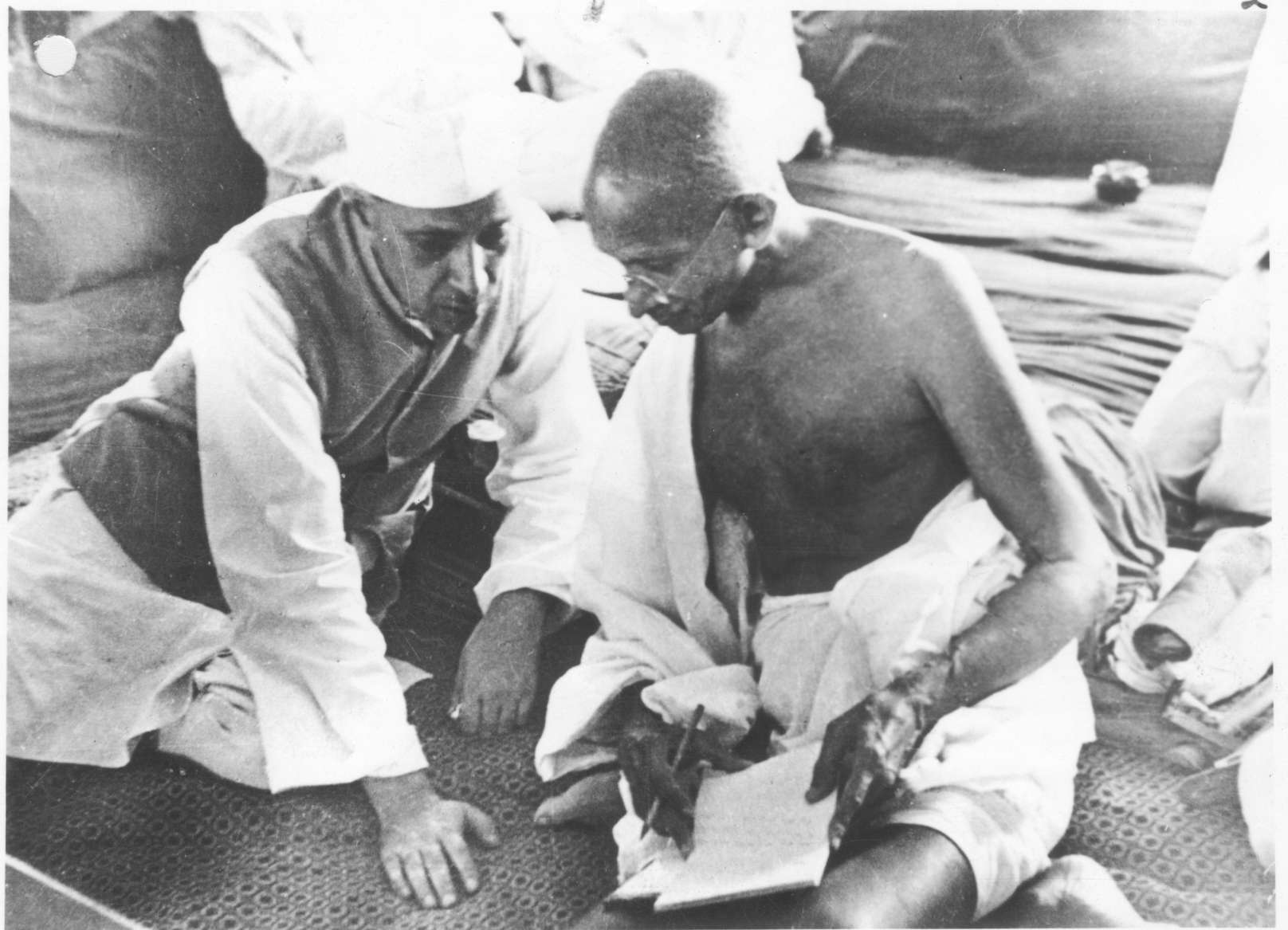
Quit India Movement
The Quit India Movement was a movement launched at the Bombay session of the All India Congress Committee by Mahatma Gandhi on 8 August 1942, during World War II, demanding an end to British rule in India.
Quit India Movement
1942–1945
After the British failed to secure Indian support for the British war effort with the Cripps Mission, Gandhi made a call to Do or Die in his Quit India speech delivered in Bombay on 8 August 1942 at the Gowalia Tank Maidan. Viceroy Linlithgow described the movement as "by far the most serious rebellion since 1857".[5][6]
The All India Congress Committee launched a mass protest demanding what Gandhi called "An Orderly British Withdrawal" from India. Even though it was at war, Britain was prepared to act. Almost the entire leadership of the Indian National Congress was imprisoned without trial within hours of Gandhi's speech. Most spent the rest of the war in prison and out of contact with the masses. The British had the support of the Viceroy's Council, of the All India Muslim League, the Hindu Mahasabha, the princely states, the Indian Imperial Police, the British Indian Army, and the Indian Civil Service. Many Indian businessmen profiting from heavy wartime spending did not support the Quit India Movement. The major outside support came from the Americans, as President Franklin D. Roosevelt pressured Prime Minister Winston Churchill to give in to some of the Indian demands.[7]
The movement included boycotting the British government and rejection of transactions involving the government. Various violent incidents took place around the country against the British regime. The British arrested tens of thousands of leaders, keeping them imprisoned until 1945. Ultimately, the British government realised that India was ungovernable in the long run, and the issue for the postwar era became how to exit gracefully and peacefully.[8][9]
The movement ended in 1945 with the release of jailed freedom fighters. Martyrs of this freedom movement include Mukunda Kakati, Matangini Hazra, Kanaklata Barua, Kushal Konwar, Bhogeswari Phukanani and others.[10] In 1992, the Reserve Bank of India issued a 1 rupee commemorative coin to mark the Golden Jubilee of the Quit India Movement.[11]